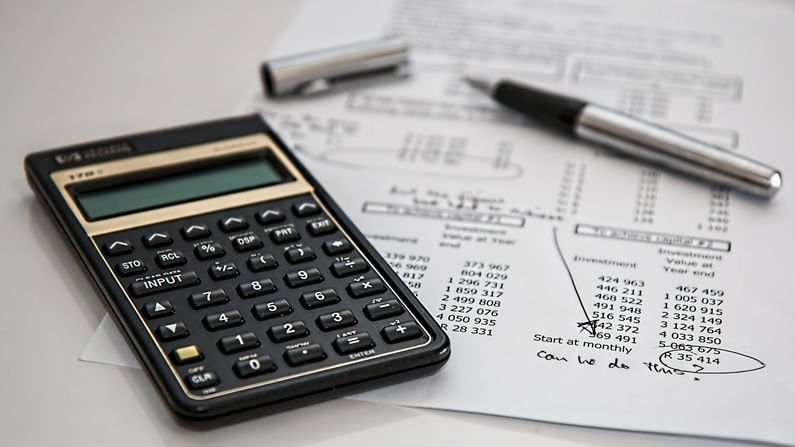Why do you need an emergency fund?
An emergency never comes knocking at the door and the unseen blows hit you really hard. An emergency fund is a guard that helps you tide over a financial emergency. What is a financial emergency? Any unprecedented and/or unexpected event that either stops the stream of income or add pressure to your existing income creates […]

An emergency never comes knocking at the door and the unseen blows hit you really hard. An emergency fund is a guard that helps you tide over a financial emergency.
What is a financial emergency?
Any unprecedented and/or unexpected event that either stops the stream of income or add pressure to your existing income creates a financial emergency. Job loss, a sudden illness, or disability due to an accident and salary cut are some of the examples. You can’t predict these events but you can prepare yourself to face them.
What is an Emergency Fund?
The literal meaning of an emergency fund is a financial safety net for future mishaps and/or unexpected expenses. It is a part of your money that you conserve for times when life is not normal.
Hemant Rustagi, CEO of Wise Invest Advisor says “the first step towards investment is creating an emergency fund. It is very important that before you start investing, you create an emergency fund.
Once your emergency fund is ready, you can start investing.
Size of the emergency fund?
An ideal emergency fund should be of three to six months of your daily expenses. Imagine the worst situation and evaluate how much will you require to go on with your daily needs. If your monthly expenditure is Rs 50,000, then your emergency fund should be between Rs 1.5 lakh and Rs 3 lakh.
Where to park your emergency fund?
The emergency funds must be easily accessible. Here are a few places to keep your emergency fund money.
1)Separate Savings Account
A bank account can be accessed any time. At the same time, one may be tempted to take out money from here. So, open a separate account to house these funds.
2)Auto Sweep-in Account
You can activate the auto sweep-in facility in your savings bank account. This lets you keep aside a portion of money in a fixed deposit which will earn you interest. In an emergency situation, this amount can be switched to your savings account immediately.
3)Liquid Funds or Short Term Debt Funds
Liquid funds can be an alternative. As compared to a savings bank, account it gives a better return in the range of 7% to 9%. Liquid funds invest in debt securities, treasury bills, and some commercial paper. These underlying assets have a maturity of 91 days. They don’t have a minimum lock-in period and are processed in 24 hours. Not that they are entirely risk-free but safer than the other classes of mutual funds.
4)NPS Tier 2 Account
Unless you have an NPS Tier 1 account you can’t have an NPS Tier 2 account. But the tier 2 account can be a good place to keep your emergency fund. You keep investing in a pension fund and get the benefit of return with the flexibility of taking out the money at any penalty. NPS Tier II is a lock-in free investment.
Saving for a rainy day is very essential. Do not forget an emergency fund in your investment planning. Because when you save in good days it helps you to sail through your bad days.